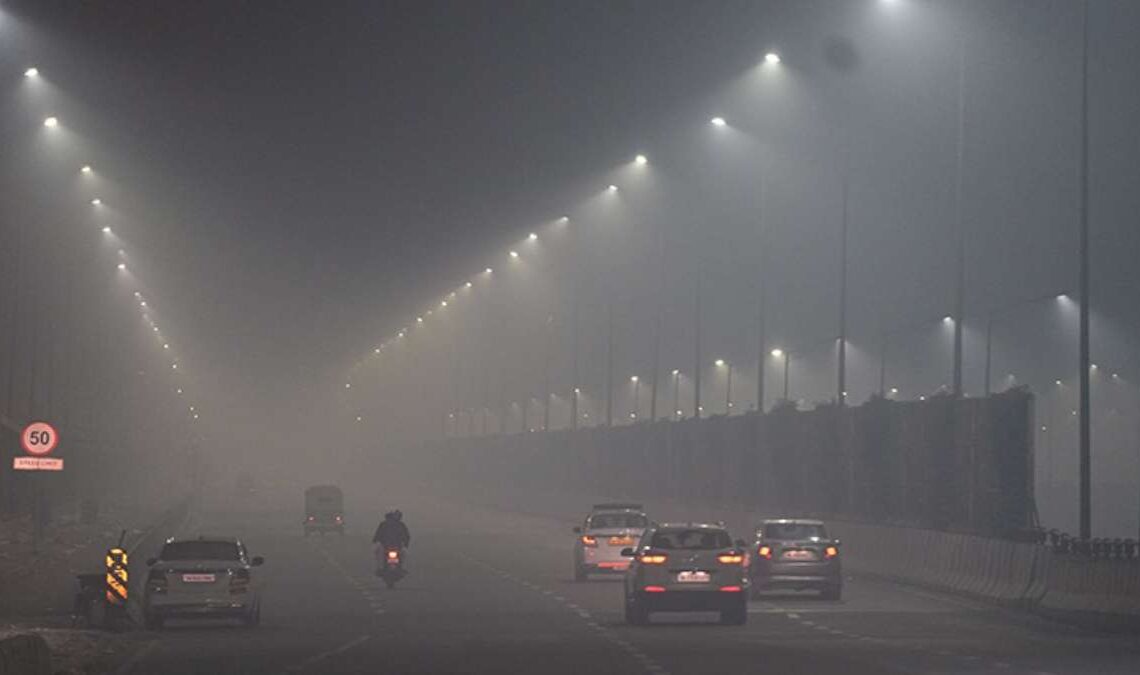
According to a study, air pollution causes more deaths in Indian cities, Bengaluru and Delhi being the most affected. WHO safety thresholds for PM2.5 exposure are exceeded, calling for tighter air quality regulations.
In ten of India’s biggest and most polluted cities, including Delhi, Bengaluru, and Mumbai, an average of 7.2% of daily deaths were linked to PM2.5 levels above the World Health Organization’s (WHO) recommendations for safe exposure, per a study published in The Lancet Planetary Health journal.
The largest percentage of yearly and daily fatalities associated with PM2.5 (particulate matter with a diameter of 2.5 micrometers or less) air pollution occurs in Delhi. Vehicle and industrial emissions are the main contributors of this pollution.
Researchers from the Centre for Chronic Disease Control in New Delhi and Banaras Hindu University in Varanasi, among other international institutions, discovered that daily exposure to PM2.5 pollution in Indian cities is linked to a higher risk of death. They suggest that locally generated pollution might be a contributing factor to these fatalities.
They discovered that a 1.4% increase in daily mortality was associated with a two-day rise of 10 micrograms per cubic meter in the average fine particulate matter (PM2.5) pollution level (short-term exposure).
The researchers discovered that for every 10 micrograms per cubic meter rise in PM2.5 levels, the probability of mortality quadrupled, reaching 2.7%. The scope of this research was limited to observations that satisfied the less demanding Indian air quality requirements than the WHO recommendations. A safe exposure level of 15 micrograms per cubic meter of PM2.5 during a 24-hour period is advised by the WHO.
A 24-hour period’s worth of PM2.5 micrograms per cubic meter is the upper limit specified by Indian air quality guidelines. According to the study, for every 10 micrograms per cubic meter increase in PM2.5, there was a 0.31% increase in daily mortality in Delhi. On the other hand, Bengaluru had a 3.06% rise. Using cause-and-effect connection models, the researchers found greater links between daily PM2.5 exposure and locally generated contaminants.
The scientists concluded that it was plausible that the extra fatalities were being caused by locally produced pollution. “The causal effects were especially strong in cities with lower concentrations of air pollution, such as (Bengaluru), Chennai, and Shimla,” the researchers stated.
According to the study, “the first multi-city, time series analysis of short-term exposure to PM2.5 and daily mortality in India,” between 2008 and 2019 there were over 36 lakh fatalities each day in 10 different Indian cities. Aside from Ahmedabad, the research also covered the following cities: Hyderabad, Kolkata, Pune, Shimla, and Varanasi.
